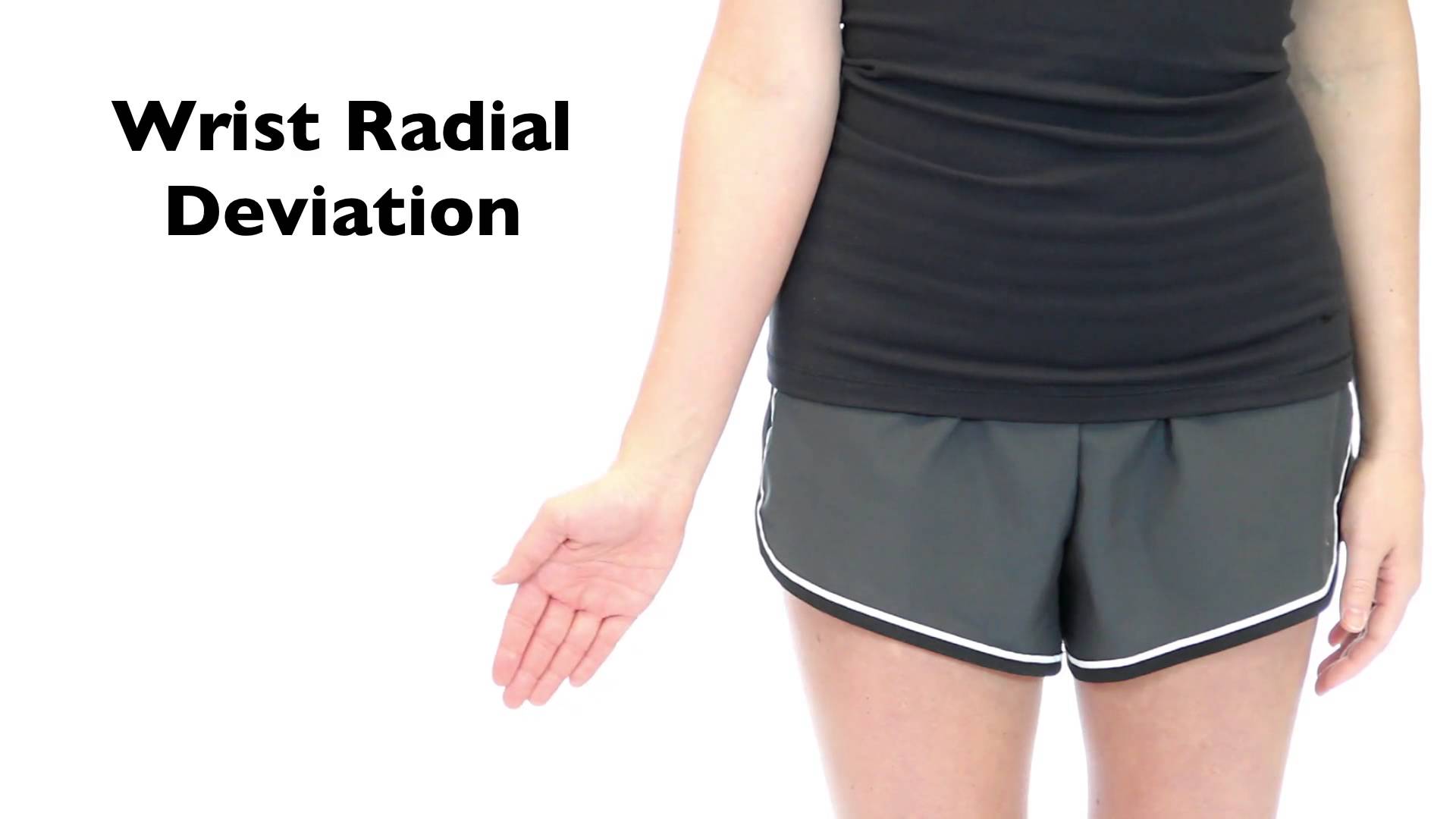The wrist can bend in 4 directions. Flexion and extension are the ones that we are most familiar with. Radial and ulnar deviation are the other two. This video shows radial deviation, ulnar is the other direction.Can you explain this a little? Slow today.

Wrist Radial Deviation - Interactive Biology, with Leslie Samuel
In this video, the motion of moving the wrist to the outside/laterally is wrist radial deviation. Wrist radial deviation is demonstrated from a position with the arm at the side of the body and the palm facing forward which is the anatomical position for the upper extremity as seen from a front...
www.interactive-biology.com
Many pitchers have radial deviation and it doesn't get noticed because you need good high speed video from behind the pitcher to see it. Try adding a little ulnar deviation to take some speed off.



